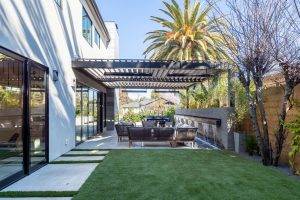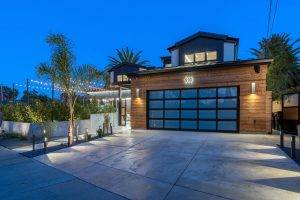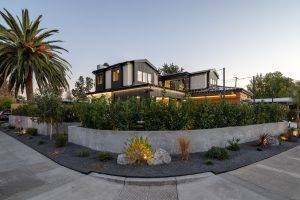Green Building: Construction Of A Future-Proof Present

Green building is the construction of buildings using environmentally friendly materials and practices. It is an approach to architecture and urban design that seeks to reduce environmental impact through the selection of sustainable materials, energy efficiency, water conservation, waste reduction, indoor air quality, and other strategies.
Let’s Take A Look At The Ideas Behind Green Constructions, Including How Their Design & Building Structures Aid In Endorsing The Ecology & Its Fortification.
Discussing The Core Values Of Green Buildings
The construction industry is one of the largest consumers of energy worldwide. This means that green building practices can help reduce energy consumption and carbon emissions. There are many different types of green buildings, but they all share some common characteristics.
They are constructed using materials that are renewable and recyclable – with a commitment to last more, create minimal-to-no impacts on the environment, and require less maintenance. It should also be designed for long-term durability and adaptable for future changes in technology.
Green buildings follow some basic design principles, including, energy efficiency, renewable technologies, water conservation, indoor environmental quality, cost-effectiveness, social responsibility, and improved health. A green building must be integrated with other systems and the surrounding built environment.
Integration of Passive Solar Design
Passive Solar Designs are the greatest addition to green buildings. These systems rely on passive sun exposure to function properly. To get the best results, passive solar designs should be oriented toward the southern hemisphere. South-facing roofs will collect the maximum amount of sunlight.
Large glass windows allow sunlight to enter while blocking out cold air. Walls and floors made of thermal mass absorb excess heat at night, when temperatures drop. These features will keep your home or office warm during the winter months and cool during the summer. This, in turn, saves energy, reduces utility bills, and makes your home or office comfortable and healthy.
Using Energy Star Products
Energy star products are those that meet strict guidelines for efficiency and performance. They are also a great alternative to the regular appliances and machines, used in our homes or offices. Not just because they save money on energy consumption, but also because they can reduce your carbon footprint. You will benefit from a cleaner environment and a greener planet.
They are certified by the U.S. Environmental Protection Agency. Though energy star products are usually more expensive than standard products, they always pay off in the long run. If you’re thinking about going green, using energy-efficient appliances will save your money and help the environment at the same time.
Low-E Windows Are The Must-Haves
Low-e glass is a special type of glass that reflects infrared light into the room. It reduces heat loss through windows and causes the temperature inside the house to stay cooler. It is especially important for hot countries during summertime. It allows you to easily see out of your window, even if it is dark outside.
Low-E glass lowers the amount of energy lost in your home because it blocks solar heat rays. It does not add any extra weight to your windows and doesn’t affect your view. These glasses are best used in low-energy buildings like schools and hospitals. However, they also can be used in greenhouses and sunrooms.




